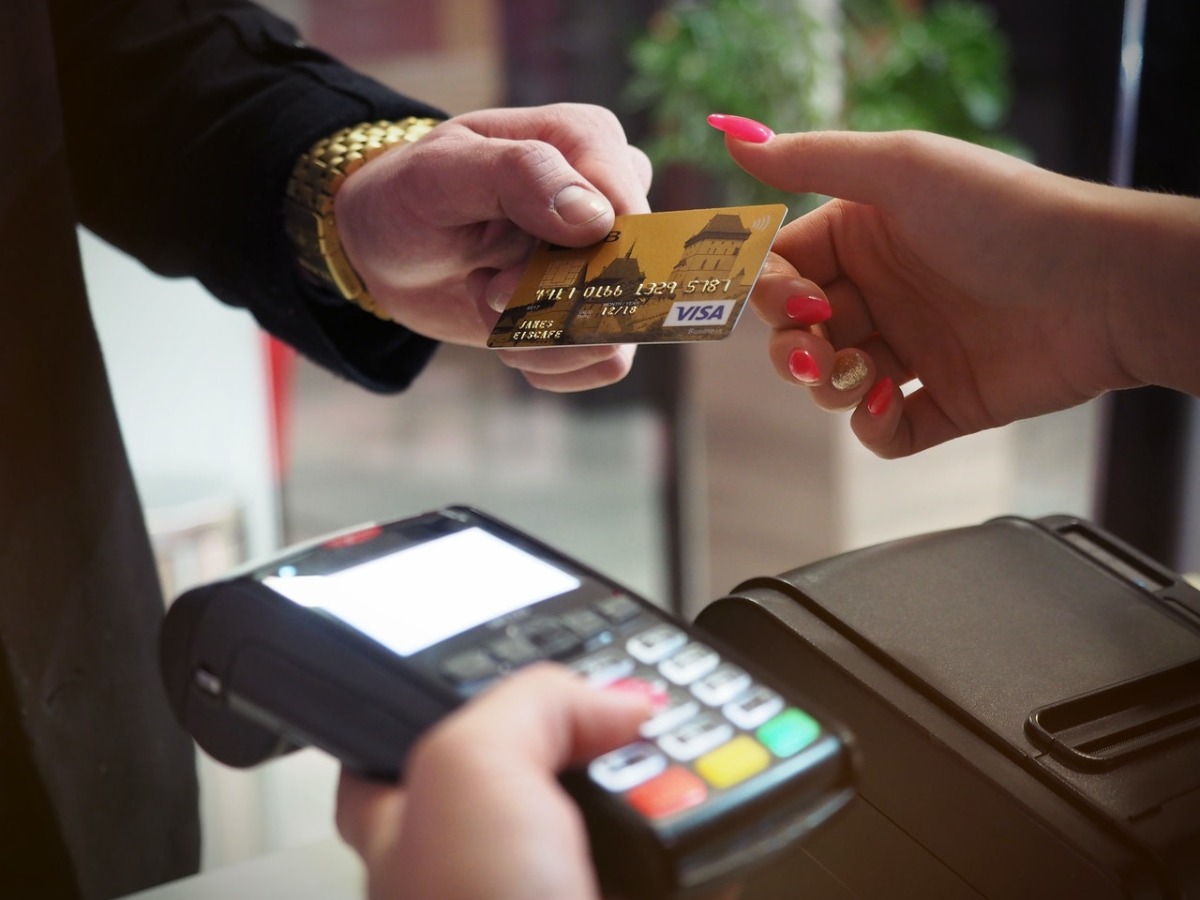There are a lot of mistakes that a new business owner could make. Some are obvious. Others are not. But if there’s one that should be clearly avoided, that is mixing your personal and business funds. First, it does not make you look professional, particularly when dealing with customers and vendors. You’re literally giving them the impression that you’re not a real entrepreneur.
The next thing you’ll have to worry about when you don’t keep your personal and business finances separate is that it screams ‘hobby’ to the Internal Revenue Service or IRS. If they look at your company as a hobby and not a legitimate business, you can expect denied deductions and losses. Have no idea how to eliminate the blurred lines between leisure and business? Here are steps on how you can separate your personal and business finances.
1. Obtain an EIN
Obtaining an Employer Identification Number or EIN gives you tons of capabilities to better manage your business, especially the money matters. It acts like your social security number’s business version. You can use it to establish your business entity type, file for your payroll tax return or income tax return, open a business checking account, and apply for a business credit card. Getting an EIN is the simplest way to separate your personal and business expenses.
Another way an EIN can help you with your finances is that most credit unions and banks actually require it before opening an account or if you’re seeking to get financing. You’d also need an EIN if you’re hiring people in your company. The IRS will use it to monitoring payroll tax remittances or your business income taxes.
2. Open a business checking account
The next thing you need to do is open a separate business checking account, preferably in a different bank from your personal account. This enables you to better manage all your business expenses and revenue deposits in one place. However, take note that there are banks that have special requirements for business accounts.
An example is keeping a minimum of $10,000 in the account for each month to avoid paying a maintenance fee. Big banks in the U.S. typically charge a monthly maintenance fee of $12 and up in addition to their overdraft fees. If this is something you can’t meet, you can open a second personal checking account you can use for your business.

3. Open a business credit card
New business owners don’t care about getting a business credit card after opening their checking account. There are several reasons for you to do so. For one, it obviously stops you from using your personal credit card for business-related purchases. Second, it enables you to build a great credit score for your business, allowing you to eventually qualify for better cards, loans, and mortgages.
You can also use your business credit to finance your office equipment and improve your workplace. For instance, if you’re planning to install an office restroom with modern bidet toilet seats and proper washbasins, you can easily use your credit to pay for it. Or you might need to upgrade your business tools and software for faster operations. Business credit can make financing for big purchases easier. Chase, Capital One, and American Express have amazing business credit cards that you can consider.
4. Set up automatic transfers for savings
As a responsible business owner, the last thing you want to do is to pull out money from your business savings account to cover a costly roof repair for your home. Such unexpected expenses can disrupt your operations and savings. The same goes for your personal emergency fund. Surely, you don’t want it to use for business purchases like paying for management software or new office desks, right?
Setting up automatic transfers for your personal and business savings will make it easy for your accountant to manage the cash flow. It’s recommended to put away at least 20% of business income to give you a safety net for emergencies and other needs. Set a specific amount and auto-pilot your savings. In general, growing a business savings account can give you overdraft protection too.
Being a first-time business owner is already a tough position to sustain, so don’t make it harder by carelessly mixing two different finances. Following these steps will allow you to draw a line between your finances and establish a professional image in the industry. You can take advantage of business deductions, leverage your earnings smoothly, and save you time-consuming and costly processing of accounts and receipts.